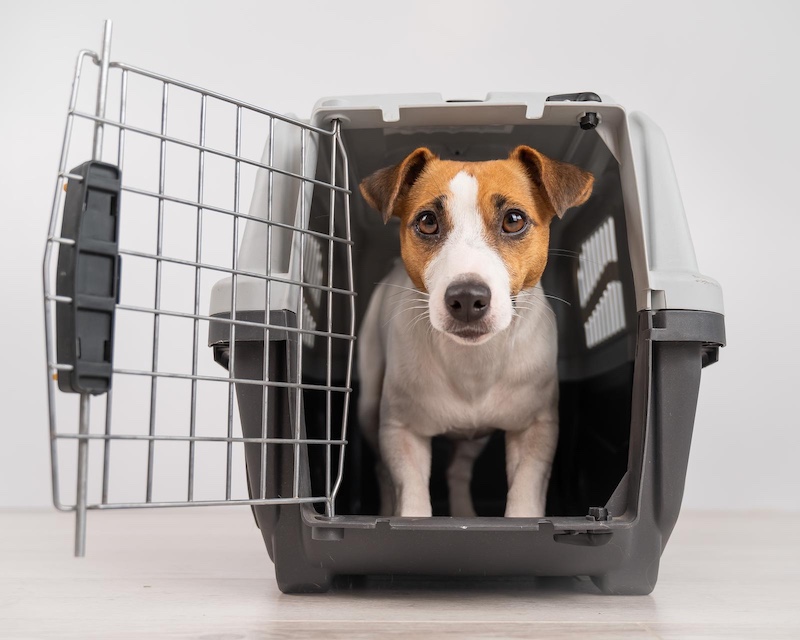Crate training your dog is one of the most effective ways to ensure their safety, comfort, and well-being. It provides a secure space for your dog when you’re not home and helps establish a routine. Whether you’re introducing your dog to a crate for the first time or reinforcing the training, following these 10 simple steps can help make the process smoother for both you and your furry friend.
1. Choose the Right Crate
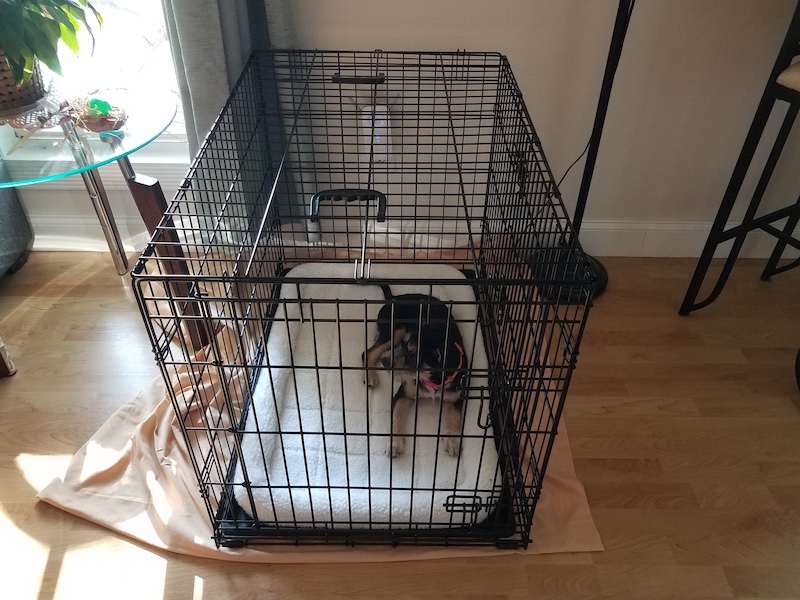
Before you start crate training, make sure you select a crate that’s the right size for your dog. It should be large enough for them to stand up, turn around, and lie down comfortably. However, it shouldn’t be so large that they feel overwhelmed or too much space to use one corner as a bathroom. If you have a growing puppy, consider a crate with a divider to adjust the space as they grow.
2. Introduce the Crate Slowly
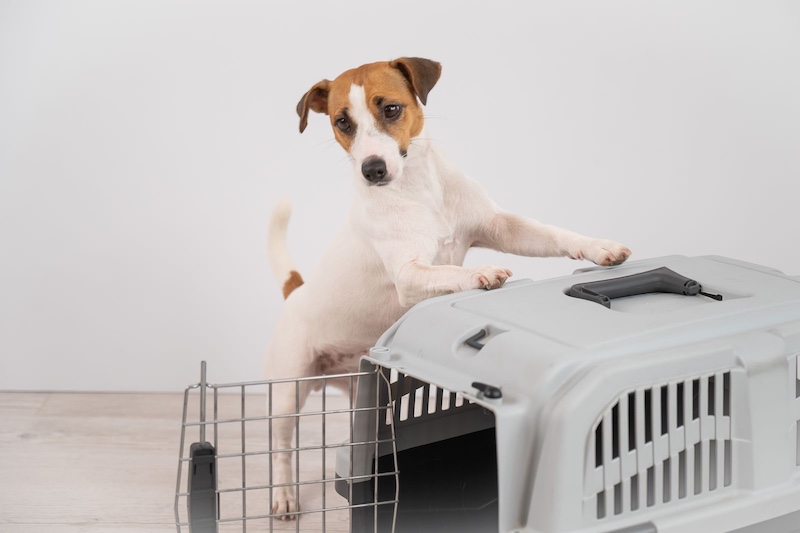
Begin by placing the crate in a room where your dog spends a lot of time. Leave the door open, and allow your dog to explore the crate at their own pace. You can entice them by placing a soft blanket or their favorite toy inside. Let them go in and out without pressure so they start to view the crate as a positive and familiar space.
3. Make the Crate a Positive Place
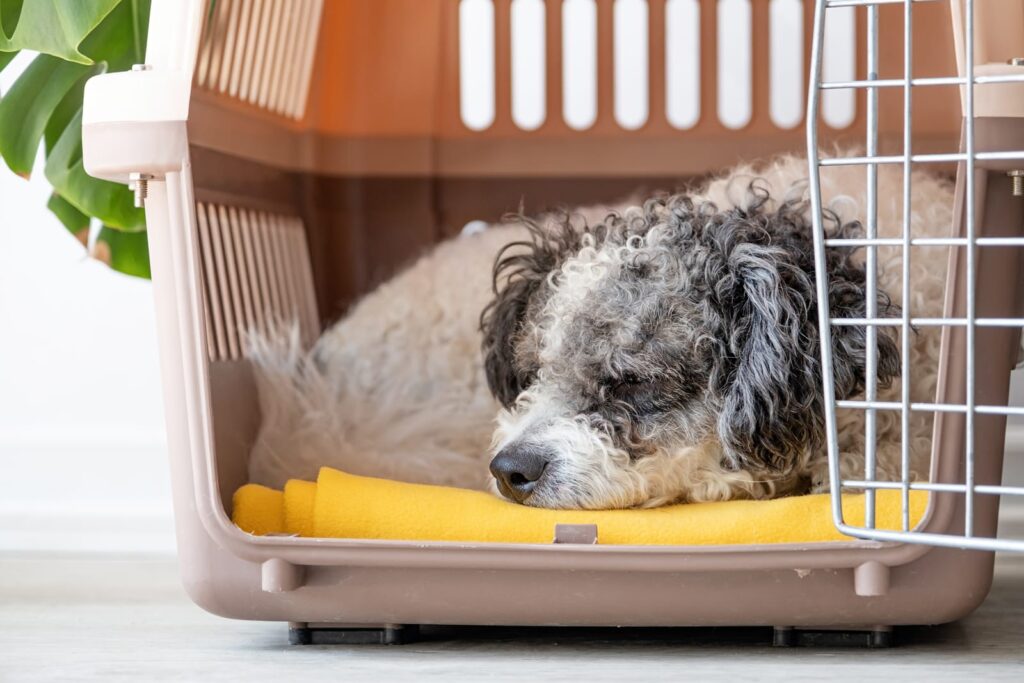
Dogs are more likely to accept a crate if they associate it with positive experiences. You can feed your dog their meals inside the crate, or give them high-value treats when they enter. This helps your dog associate the crate with good things, making it a safe, enjoyable place.
4. Gradually Close the Door
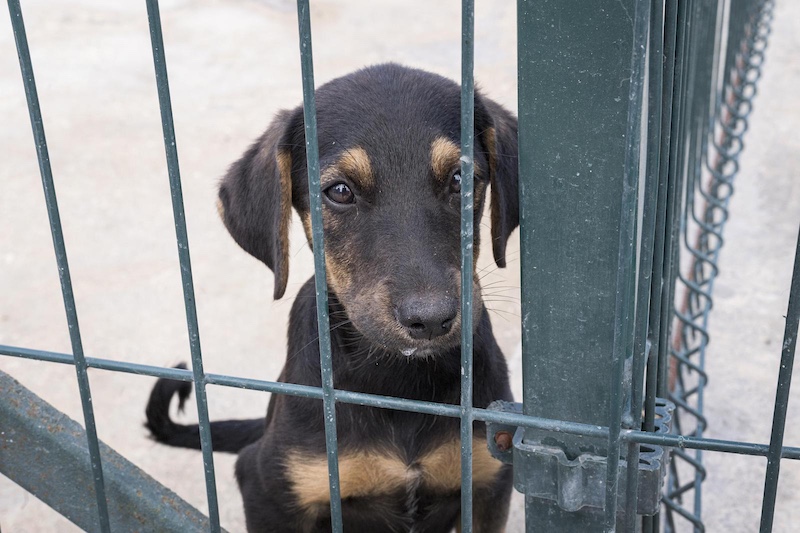
Once your dog is comfortable entering and staying in the crate with the door open, start closing the door for short periods while you’re in the room. Start with just a few seconds and gradually increase the time. Don’t make it a stressful experience; you want your dog to feel safe and secure inside.
5. Increase Time in the Crate
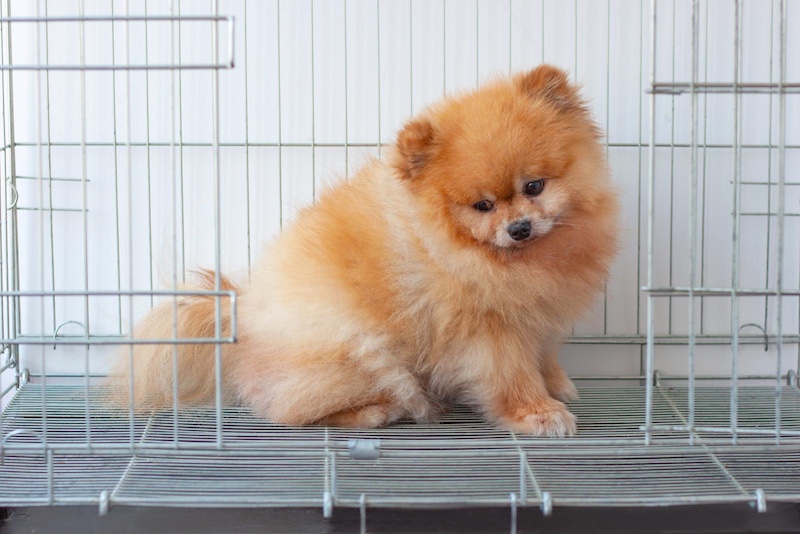
Start leaving your dog in the crate for longer periods, but only when you’re at home. Leave the room for a few minutes, then return to let your dog out. Gradually extend the time they spend alone in the crate, ensuring you’re always there to reward them with praise when they remain calm and quiet.
6. Use the Crate for Short Absences
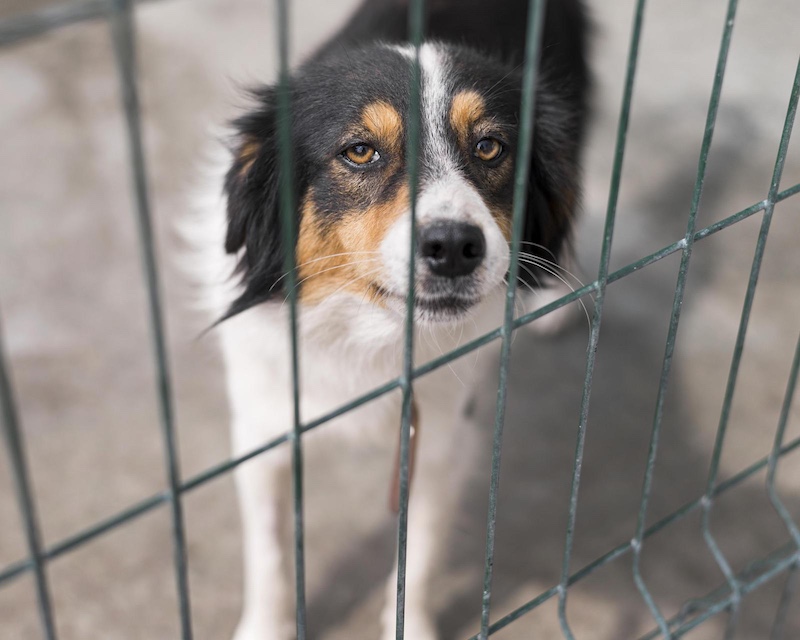
Once your dog is comfortable with the crate, start using it when you leave the house for short periods. Don’t make a big deal out of leaving or returning; this helps to avoid creating separation anxiety. Keep the experience low-key, so your dog doesn’t become anxious about your comings and goings.
7. Create a Routine
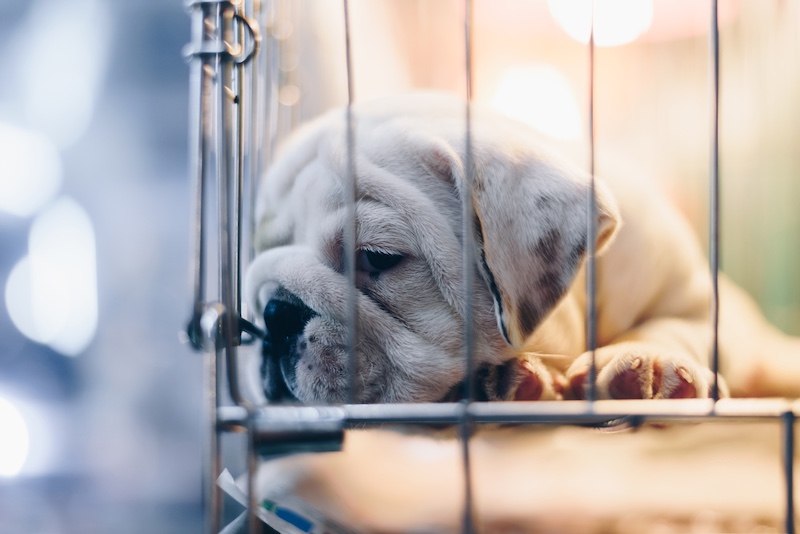
Dogs thrive on routine, so try to crate your dog at the same times each day. Whether it’s for a nap, at night, or when you’re out running errands, consistency is key. Set clear expectations so your dog knows when to expect crate time, and make sure they get plenty of exercise and playtime outside the crate to balance things out.
8. Avoid Using the Crate for Punishment
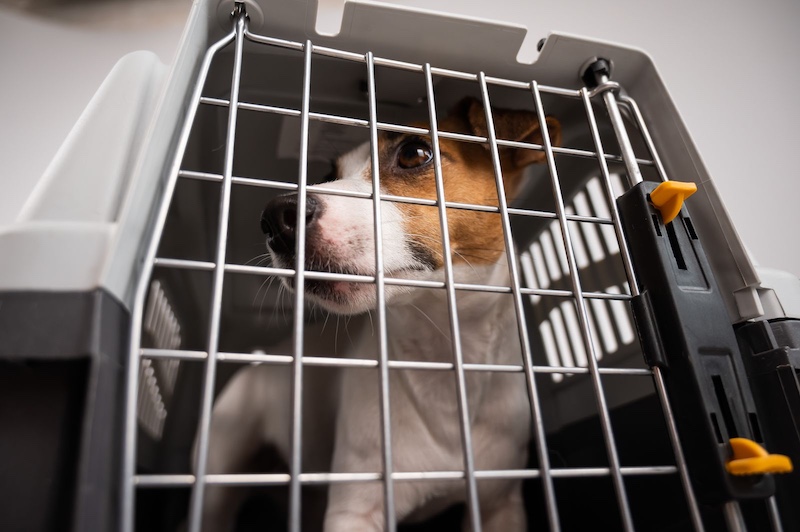
Your dog’s crate should always be a place of security and comfort. Never use the crate as a form of punishment or as a place for time-outs. This will make your dog associate the crate with negative feelings and may hinder the training process.
9. Be Patient and Consistent
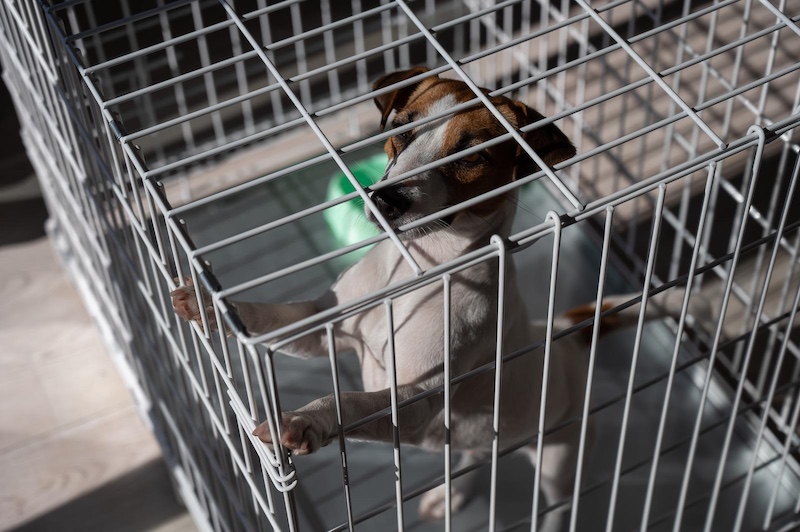
Crate training takes time, and every dog will progress at their own pace. Some dogs may take to it right away, while others may need more time. Be patient and stay consistent in your training. Avoid rushing the process, as making the crate a positive, safe place is more important than how quickly you achieve this goal.
10. Gradually Increase the Crate’s Use

As your dog becomes more accustomed to the crate, you can begin using it for longer periods of time, including overnight. This is especially helpful if your dog will need to be crated during trips to the vet, boarding facilities, or when traveling. Ensuring your dog is comfortable in their crate at night can also prevent accidents and offer them a safe space while they rest. Please Note: This content was created with the assistance of AI and thoroughly edited by a human before publishing.

